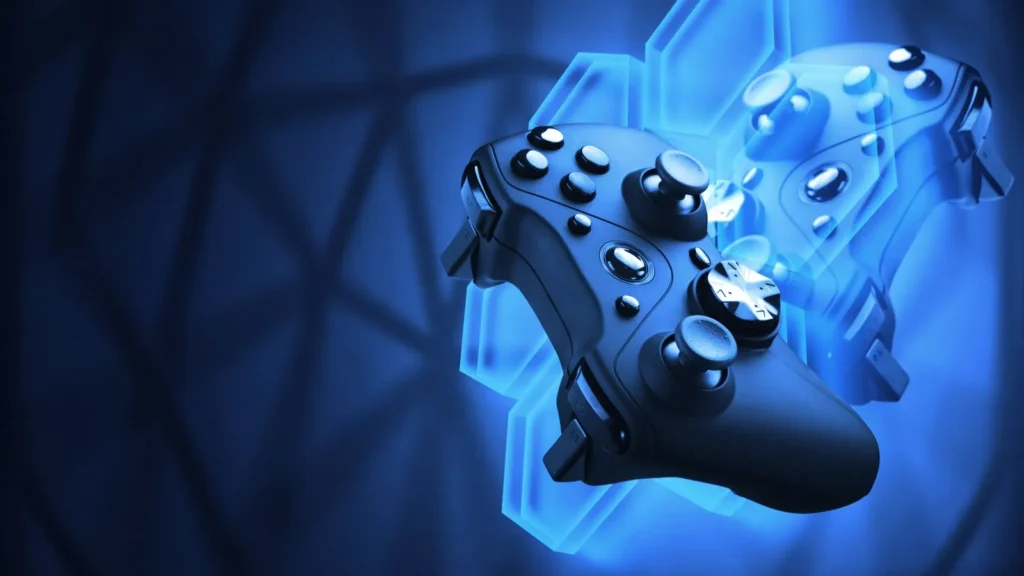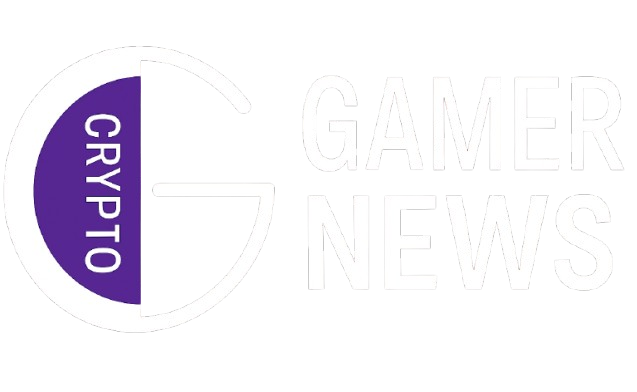
The gaming industry feels a big change happening. Blockchain technology leads this shift. It promises to totally change how players own things, how games make money, and how virtual worlds work. For years, players just rented items in games. Now, blockchain lets them truly own digital goods. Early crypto games were simple, but today’s blockchain games offer complex, fun experiences. This analysis will look closely at the blockchain gaming market. We will see where it is now and where it’s going. We will examine what makes it grow, what problems it faces, and where people can invest.
The Current State of Blockchain Gaming
This part gives a quick look at the blockchain gaming industry today. We will see its size, popular game types, and important companies.
Market Size and Growth Trends
The blockchain gaming market is getting bigger fast. Experts say its value is already in the billions. Many reports show it growing much more in the next few years. Millions of players are joining these games. This creates new money opportunities for developers and players alike. We see more new games launching every month. This shows how quickly the industry is moving forward.
Dominant Genres and Player Engagement
Certain game types really shine in the blockchain space. Massively Multiplayer Online Role-Playing Games (MMORPGs) are popular. Strategy games and digital card games also do well. Players spend a lot of time in these games. They often build communities around their favorite titles. This deep involvement helps games keep players coming back. It proves that real engagement is possible.
Leading Blockchain Gaming Platforms and Titles
Some platforms and games stand out as leaders. Axie Infinity showed many what play-to-earn could be. Decentraland and The Sandbox are big names in virtual worlds. They let players own land and create content. These games use unique blockchain features. They prove that new game models can be very successful.
Key Drivers of Blockchain Gaming Adoption
This section explores the main reasons why the blockchain gaming market is growing.
True Digital Ownership and Play-to-Earn (P2E) Models
Imagine owning your game items forever. Non-fungible tokens (NFTs) make this real. You can own swords, skins, or even virtual land. Play-to-Earn (P2E) games let you earn crypto or NFTs by playing. This means your time in a game can have real value. It opens new ways for players to make money. This shifts power from developers to the players themselves.
Interoperability and Cross-Game Asset Utilization
What if your digital sword from one game could be used in another? Blockchain makes this possible. Assets could move between different games or virtual worlds. This makes player investments more useful. It adds new depth to how you play and collect. Imagine a shared item working across many experiences. This future creates huge value for players.
Decentralization and Community Governance
Many blockchain games use Decentralized Autonomous Organizations (DAOs). These DAOs let players vote on game changes. Players can have a real say in how a game is run. This gives power to the community. It fosters a strong sense of ownership and belonging. Players become more than just users; they become stakeholders.
Challenges and Roadblocks in Blockchain Gaming
This section looks at the big problems the blockchain gaming market must fix. This is needed for more people to play these games.
Scalability and Transaction Fees
Some blockchains get crowded. This means slow game actions and high fees to move items. These issues can make playing frustrating. They limit how many people can join in. New solutions are needed to make games run smoothly. Lower costs would welcome more players.
User Experience and Accessibility
Getting started with blockchain games can be tough. Many people don’t know about crypto wallets or complex setups. The games need to be easier to use. Simpler steps to join and play would help. We need better interfaces and less confusing systems. This will bring in people who are new to crypto.
Regulatory Uncertainty and Security Concerns
Rules for crypto games are still being written. This can make things unclear for developers and players. There are also risks like scams or hacks. Protecting digital assets is very important. Strong security is a must for trust. We need clear rules to help the market grow safely.
Technological Innovations Shaping the Future
This section focuses on new tech that will improve blockchain gaming.
Layer-2 Scaling Solutions and Sharding
New tech like Layer-2 solutions speeds things up. Sharding also helps blockchains handle more players at once. These tools reduce transaction costs and wait times. They make playing blockchain games faster and cheaper. This allows for bigger and more complex games.
Integration of Advanced AI and Machine Learning
Artificial intelligence (AI) can make games smarter. It can create dynamic stories and living game worlds. AI might also personalize your game experience. Imagine non-player characters (NPCs) learning from your actions. This technology could make blockchain games much more immersive.
Evolution of NFTs and Tokenomics
NFTs are getting more complex. We might see fractional ownership of rare items. New ways to build game economies, called tokenomics, are also emerging. These models aim for long-term health and value. They ensure games stay fun and rewarding for everyone.
Investment and Monetization Opportunities
This part shares ideas about money in the blockchain gaming market. It’s for both game makers and people who want to invest.
Venture Capital Investment Trends
Big money is flowing into blockchain gaming. Venture Capital (VC) firms are putting billions into these companies. They look for innovative game studios and platforms. This shows strong belief in the market’s future. New funding rounds happen all the time, fueling growth.
Emerging Monetization Strategies for Developers
Developers can make money in many ways. Selling unique NFTs is just one part. They can also use in-game marketplaces. Staking mechanisms and even subscription models are possible. This creates many income streams for game creators. It builds more stable game businesses.
The Role of Metaverses in Gaming Economies
Virtual worlds, or metaverses, are key to gaming’s future. They act as central hubs for different games and experiences. Within these worlds, players can buy, sell, and trade. This creates complex economies driven by players. Your digital assets gain more use and value inside these connected spaces.
Actionable Tips for Navigating the Blockchain Gaming Market
This section offers useful advice for anyone looking to get involved with blockchain gaming.
For Players: Research and Due Diligence
Always look into a game before you play. Understand how its in-game currency works. Check what the game’s tokens do and how they are earned. Learn how to keep your digital items safe. Protect your crypto wallet carefully. Don’t rush into new projects without checking them out first.
For Investors: Identifying Promising Projects
When thinking about investing, study the team behind a game. Look at their past work and vision. Check the tech they use and if it’s strong. See how active and involved the community is. Most important, understand the game’s token utility. Does the token have a clear purpose and value?
For Developers: Building Sustainable and Engaging Experiences
Focus on making a really fun game first. Design NFTs that truly add value to gameplay. Build a strong community around your game. Listen to your players and let them have a voice. Think about long-term economic models for your game. This will help your project last and grow.
Conclusion
Blockchain is set to change gaming forever. It brings true ownership, new ways to earn, and player control. Yes, challenges like speed and ease of use are real. But new tech is solving these problems. Investment keeps pouring in, showing strong faith in its potential. We see a future where games are more open, fair, and fun for everyone. Blockchain gaming will keep surprising us, making entertainment more immersive and giving players more power.

